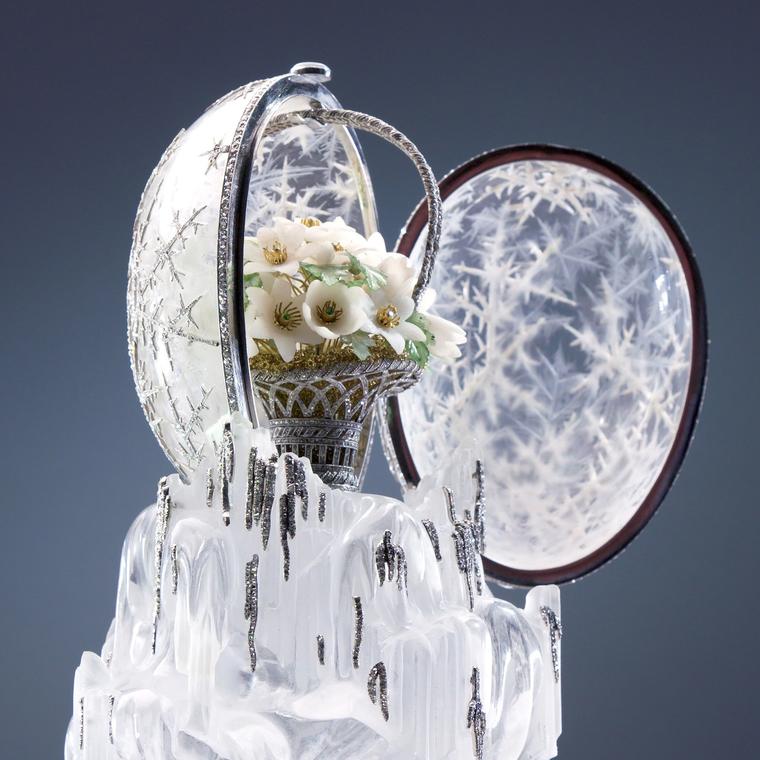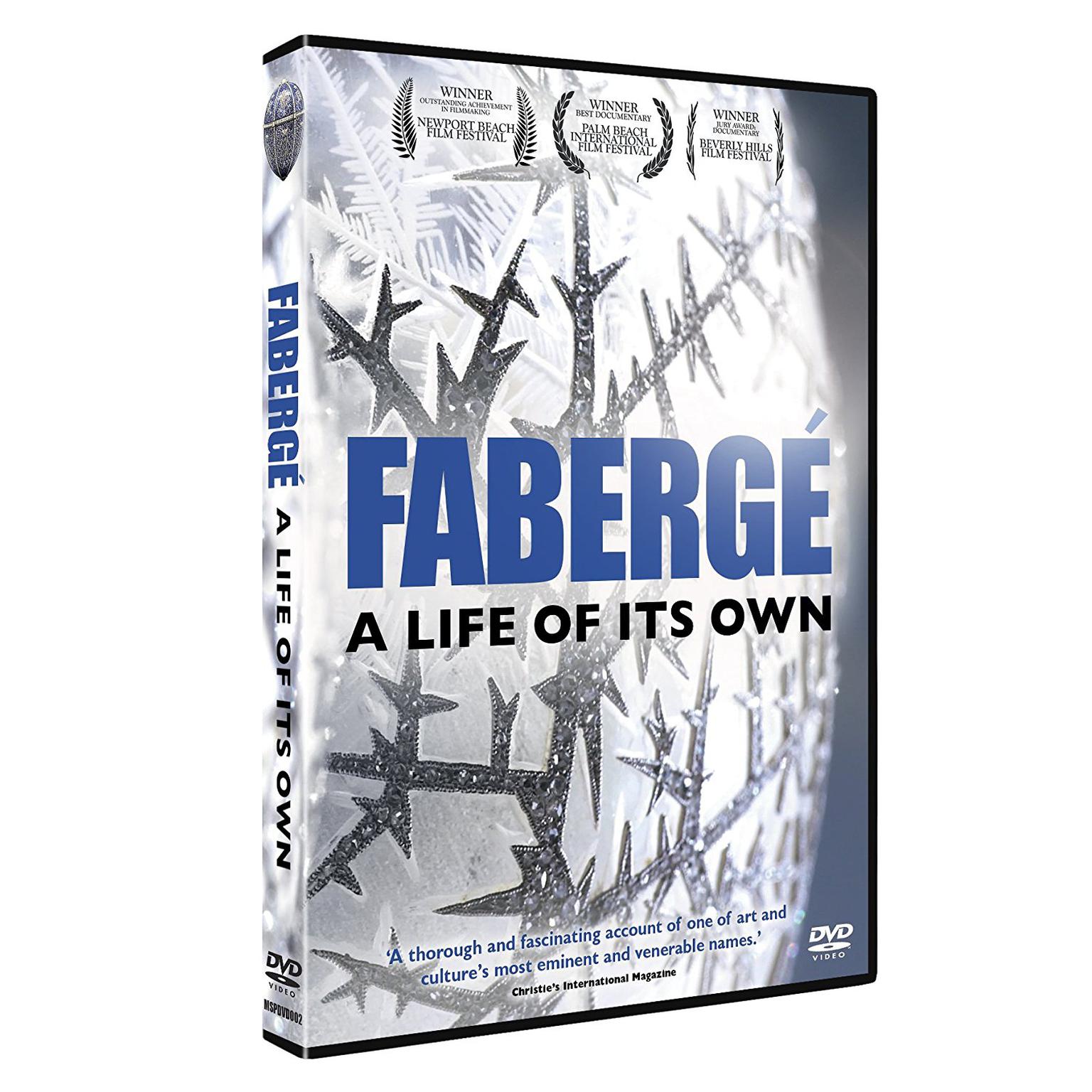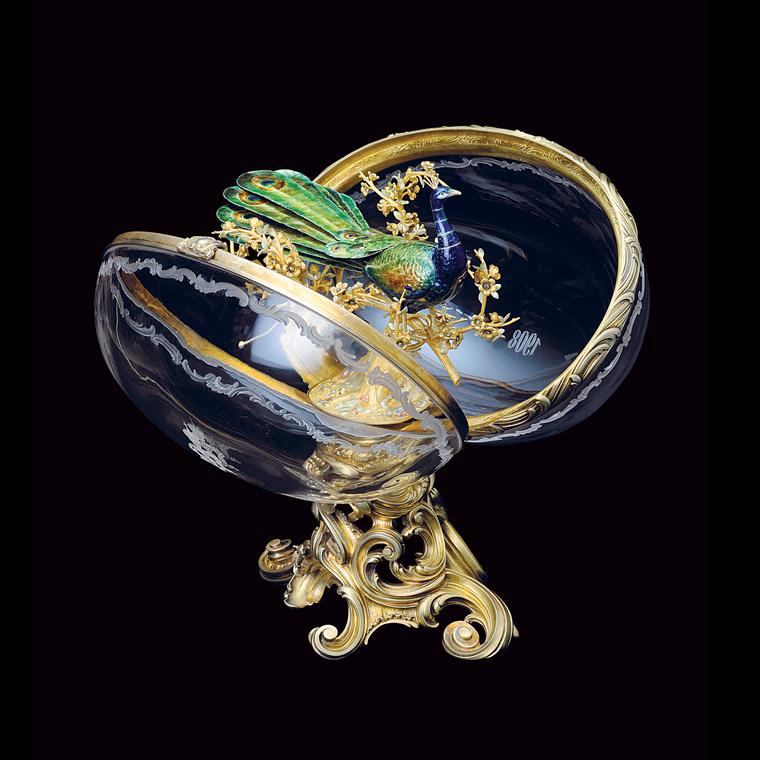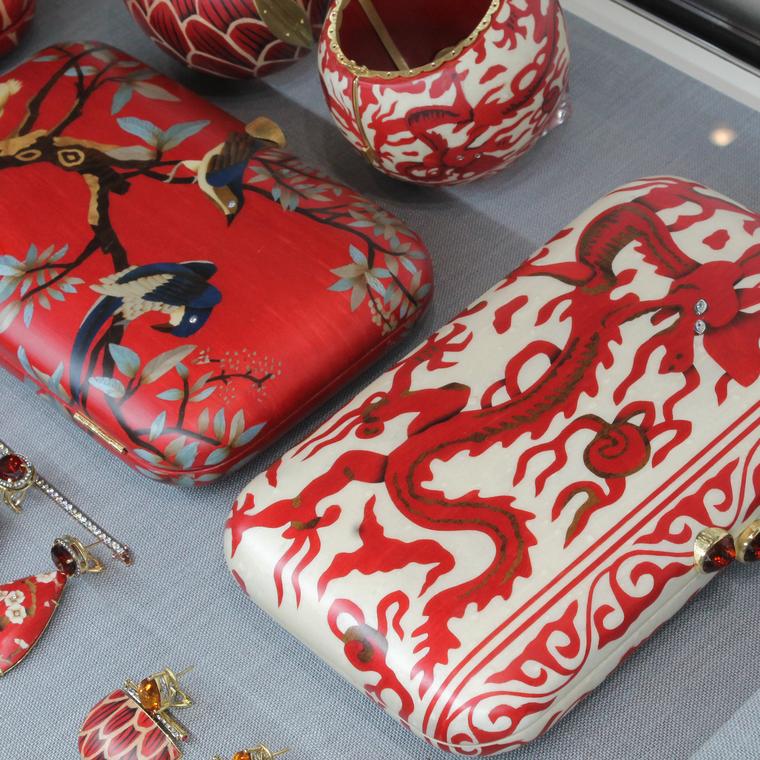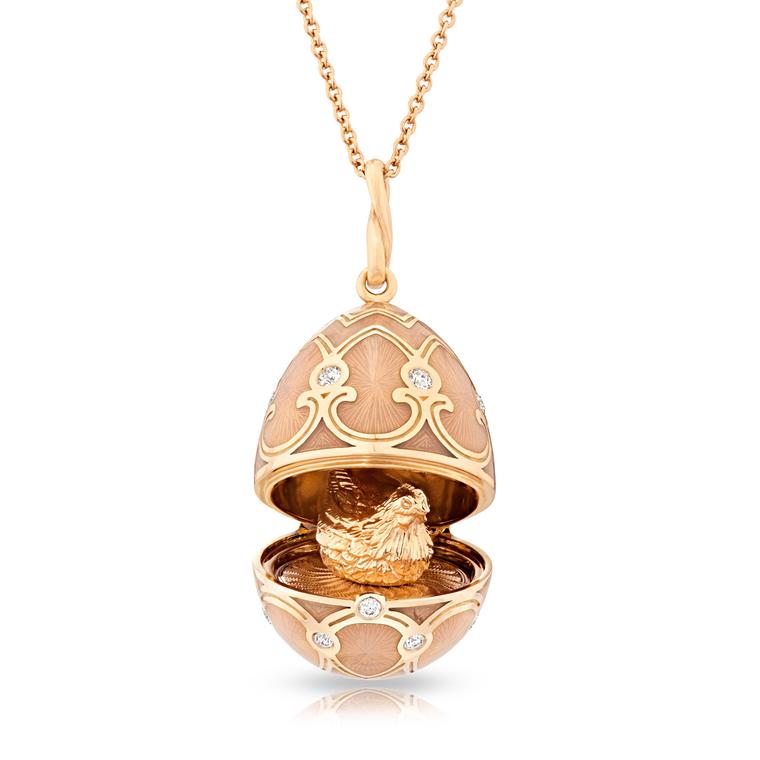
I have just spent 90 very enjoyable minutes watching Fabergé: A Life of Its Own, an award-winning, feature-length documentary released this week on DVD, and video on demand, that tells the fascinating story of the Russian jeweller Peter Carl Fabergé and his rapid rise to fame.
Much has been written about the history of Fabergé, but this new film, narrated by Samuel West, digs deeper than most. From his humble beginnings as the son of an immigrant French couple, it traces Peter Carl Fabergé’s transformation of the family jewellery business into an internationally recognised name, accompanied by archival footage, photographs and hundreds of spectacular Fabergé creations.
The sheer range and scope of Peter Carl Fabergé’s output is dizzying, and Fabergé fans are in for a real treat. From his first creations for the Romanovs in the 1880s - beautifully made jewels and precious objets d’art for Tsar Alexander III and his wife, Tsarina Maria Feodorovna, to give as gifts - to one of his last creations, the bejewelled Mosaic Easter Egg of 1914, the documentary makers gained exclusive access to private collections all over the world to bring the film to colourful life.
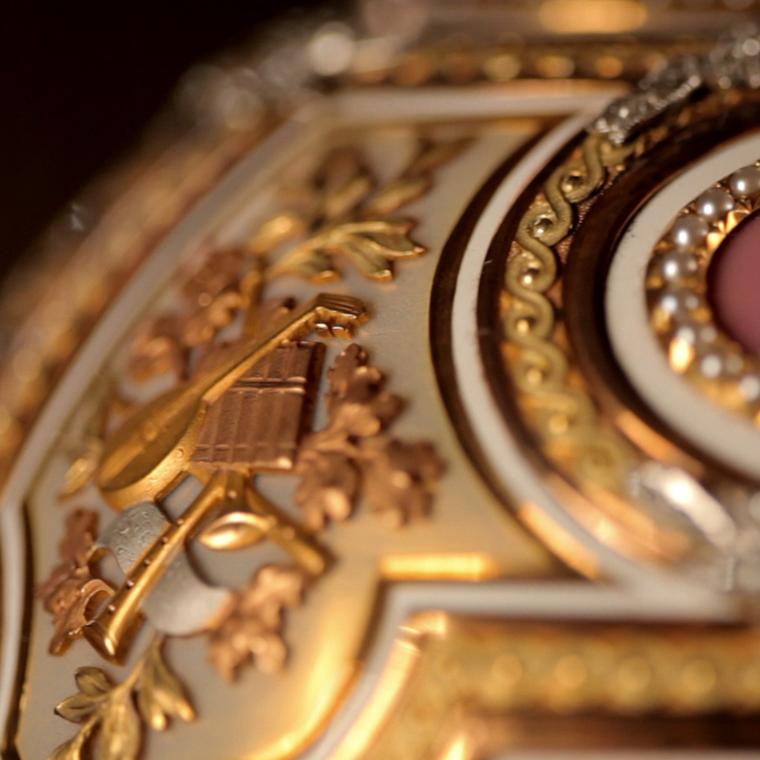
Highlights include several Easter Eggs owned by Her Majesty the Queen and a wonderful blue guilloché enamel Art Nouveau cigarette case given to King Edward VII by his favourite mistress, Mrs George Keppel, in 1908. Close-ups of the Winter Egg, top of article, which was the most costly to make and is considered to be the greatest of the 50 glittering Easter Eggs created by Fabergé for the Russian royal family, are breathtaking and show the full extent of this visionary artist-jeweller’s talent.

Alongside iconic jewels and objects are lesser-known gems, like Fabergé’s delightful automata and charming animal carvings. From pigs and elephants to dormice and roosters, these miniature creations, bursting with personality, were carved out of hardstone and hugely sought-after by the Russian jeweller's wealthy clientele, who bought them to decorate their homes.
While Peter Carl Fabergé was involved in the creation of every piece, by the start of the 20th century he was not making anything himself and employed many talented workmasters, all of whom had a recognisable style. The film looks at some of the best known and most celebrated, who were permitted to add their initials to their designs for Fabergé, including Alma Pihl, Fabergé’s only female workmaster and creator of the Winter Egg.
Following the nationalisation of Fabergé by the Bolsheviks in 1917 and the shocking execution of the Imperial Romanov family in 1918, Peter Carl Fabergé fled from Russia to Switzerland, where he lived out his last days in Lucerne. The story doesn’t end there, though, and the second half of the film looks at the loss of the Fabergé name to an American company, who brought the rights for just $25,000 and used it to sell everything from shampoo to Brut aftershave, and the reuniting of the Fabergé brand with direct descendants of Peter Carl Fabergé in 2007.

Happily, Fabergé is thriving once again, but in this documentary the re-emergence of the luxury brand plays second fiddle to Peter Carl Fabergé’s prolific creations, which number as many as 200,000. Lots of them, including seven priceless Easter Eggs, may never be found. When you hear a collector talking about their pieces with such passion, the world’s foremost authorities on Fabergé describing his genius and a craftsman detailing the immense skill required to enamel a curved object, it is easy to understand why Peter Carl Fabergé has been described as “the greatest craftsman in the age of craftsmen”.
Watch the trailer for the film below and order your copy of the DVD at Amazon:










